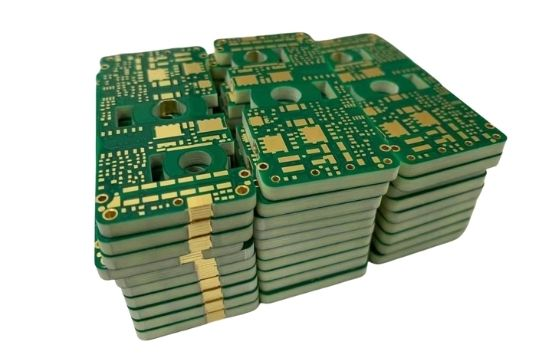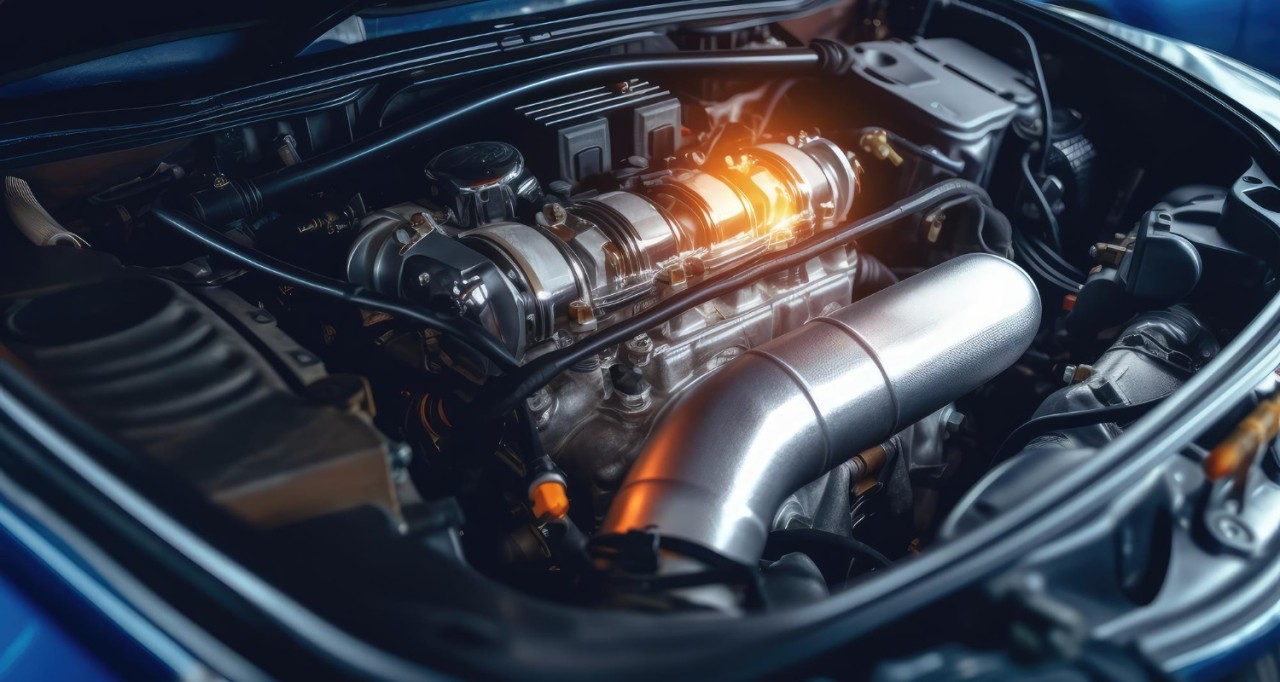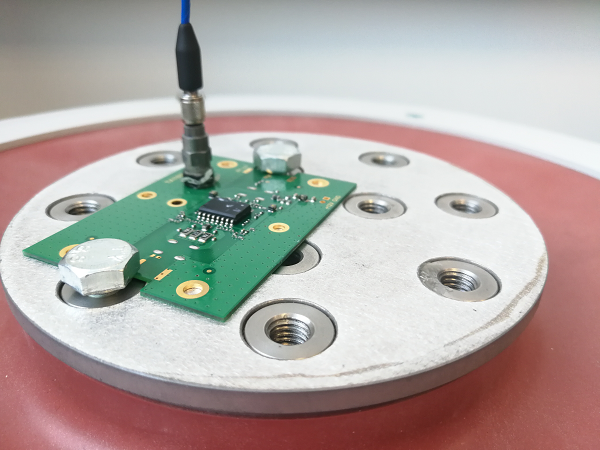In industries like automotive and aerospace, electronics must perform flawlessly under extreme conditions. Thick PCBs (Printed Circuit Boards) are often the go-to solution for ensuring reliability in these harsh environments. Whether it’s withstanding intense vibrations, extreme temperatures, or high mechanical stress, thick PCBs provide the durability and stability needed for critical applications. In this blog, we’ll dive deep into why thick PCBs are essential for automotive and aerospace electronics, exploring their role in achieving PCB reliability under extreme conditions, vibration resistance, and temperature resistance.
What Are Thick PCBs and Why Do They Matter?
Thick PCBs are circuit boards with a greater copper thickness and often a thicker substrate compared to standard PCBs. While typical PCBs might have copper layers ranging from 1 to 2 ounces per square foot (oz/ft2), thick PCBs can feature copper weights of 3 oz/ft2 or higher, sometimes reaching up to 10 oz/ft2 or more. This increased thickness enhances their ability to handle higher currents, dissipate heat, and resist mechanical stress, making them ideal for demanding applications in automotive and aerospace sectors.
In these industries, electronics are exposed to harsh environments where failure is not an option. From engine control units in vehicles to avionics systems in aircraft, the stakes are high. Thick PCBs for automotive and aerospace applications are designed to endure challenges like temperature swings, intense vibrations, and even high-altitude pressure changes. Their robust construction ensures long-term reliability, reducing the risk of costly downtime or safety hazards.

The Challenges of Harsh Environments in Automotive and Aerospace
Automotive and aerospace electronics operate in some of the toughest conditions imaginable. Understanding these challenges is key to appreciating why thick PCBs are so critical for reliability under extreme conditions.
Extreme Temperatures
In automotive systems, components near the engine or exhaust can face temperatures exceeding 150°C (302°F), while electronics in aerospace applications might encounter temperatures as low as -55°C (-67°F) at high altitudes or as high as 200°C (392°F) near engines. These temperature extremes can cause thermal expansion, leading to cracks in solder joints or delamination of the PCB layers if the board isn’t designed to handle such stress. Thick PCBs, with their enhanced thermal conductivity due to heavier copper, help dissipate heat more effectively, ensuring PCB temperature resistance.
Intense Vibrations and Mechanical Stress
Vibrations are a constant concern in both industries. In vehicles, electronics must endure road vibrations and engine tremors, often measured at frequencies up to 2000 Hz with acceleration forces of 20G or more. In aerospace, takeoff, landing, and turbulence introduce even greater mechanical stress, with vibration levels sometimes reaching 50G. Without proper design, these forces can lead to cracked traces or failed components. Thick PCBs offer improved structural integrity, providing PCB vibration resistance by minimizing flexing and maintaining connection stability.
High Humidity and Corrosive Environments
Moisture, salt spray, and chemical exposure are common in automotive under-hood environments and aerospace systems near coastal areas. These conditions can corrode standard PCBs, leading to short circuits or signal degradation. Thick PCBs often incorporate protective coatings and robust materials to resist such environmental factors, ensuring long-term performance.

How Thick PCBs Enhance Reliability in Extreme Conditions
Thick PCBs are engineered to address the specific demands of harsh environments. Let’s explore how their design features contribute to reliability in automotive and aerospace electronics, focusing on key aspects like PCB reliability under extreme conditions, vibration resistance, and temperature resistance.
Improved Thermal Management for Temperature Resistance
One of the standout benefits of thick PCBs is their ability to manage heat. With copper thicknesses of 3 oz/ft2 or more, these boards can carry higher currents without overheating. For instance, a 4 oz/ft2 copper layer can reduce thermal resistance by up to 50% compared to a standard 1 oz/ft2 layer, allowing better heat dissipation. This is crucial in automotive powertrain systems where high currents are common, or in aerospace radar systems where heat buildup can affect performance. By preventing hot spots, thick PCBs ensure PCB temperature resistance, extending the lifespan of components and maintaining signal integrity.
Enhanced Mechanical Strength for Vibration Resistance
The thicker substrate and copper layers in these PCBs provide greater mechanical strength, reducing the risk of damage from vibrations. In testing, thick PCBs have shown a 30-40% improvement in withstanding vibration-induced fatigue compared to standard boards. This makes them ideal for automotive suspension control systems or aerospace flight control units, where constant vibrations could otherwise loosen connections or crack traces. The robust design of thick PCBs delivers exceptional PCB vibration resistance, ensuring reliable operation even under relentless mechanical stress.
Higher Current Capacity for Power-Dense Applications
Automotive and aerospace systems often require high power delivery, such as in electric vehicle battery management systems or aircraft power distribution units. Thick PCBs can handle currents exceeding 50 amps without significant voltage drops or overheating, thanks to their low electrical resistance. For example, a 6 oz/ft2 copper layer can reduce resistance to as low as 0.5 milliohms per square inch, compared to 1.7 milliohms for a 1 oz/ft2 layer. This capability is vital for maintaining performance in power-dense applications under extreme conditions.

Material Selection for Thick PCBs in Harsh Environments
The materials used in thick PCBs play a significant role in their ability to withstand extreme conditions. Choosing the right materials ensures that these boards meet the stringent requirements of automotive and aerospace applications.
High-Temperature Substrates
Standard FR-4 substrates may not hold up under the high temperatures encountered in these industries. Instead, thick PCBs often use advanced materials like polyimide or PTFE (polytetrafluoroethylene), which can operate at temperatures up to 260°C (500°F) without degrading. These materials provide excellent PCB temperature resistance, making them suitable for engine control modules or avionics systems.
Heavy Copper Layers
As mentioned earlier, copper thickness is a defining feature of thick PCBs. Layers ranging from 3 to 10 oz/ft2 not only improve current-carrying capacity but also enhance thermal and mechanical stability. This is particularly important in automotive power electronics, where consistent performance under load is critical.
Protective Coatings and Finishes
To combat humidity and corrosion, thick PCBs often feature conformal coatings or specialized surface finishes like ENIG (Electroless Nickel Immersion Gold). These protective layers shield the board from moisture and contaminants, ensuring long-term reliability in harsh environments.
Applications of Thick PCBs in Automotive and Aerospace
Thick PCBs are widely used in critical systems across both industries. Here are some specific examples where their reliability under extreme conditions shines.
Automotive Applications
In the automotive sector, thick PCBs are essential for electric vehicle (EV) battery management systems, where they handle high currents and resist heat from charging cycles. They’re also used in engine control units (ECUs), managing sensors and actuators under high temperatures and vibrations. For instance, a thick PCB with 5 oz/ft2 copper can support the 48-volt systems increasingly common in hybrid vehicles, ensuring stable power delivery.
Aerospace Applications
In aerospace, thick PCBs are found in flight control systems, radar equipment, and satellite communications. These systems must operate reliably at altitudes where temperatures drop below freezing and vibrations are intense during launch. A thick PCB with a polyimide substrate can maintain performance in these conditions, providing the durability needed for mission-critical operations.
Design Considerations for Thick PCBs in Harsh Environments
Designing thick PCBs for automotive and aerospace applications requires careful planning to maximize their performance and reliability. Here are some key factors to consider.
Thermal Design
Incorporate thermal vias and heat sinks to manage heat dissipation. For example, adding thermal vias at a density of 10 per square inch can reduce board temperature by up to 15°C (27°F) in high-power applications. This is critical for maintaining PCB temperature resistance in confined spaces like engine bays or aircraft fuselages.
Trace Width and Spacing
Wider traces and adequate spacing are necessary to handle high currents and prevent arcing. For a 5 oz/ft2 copper layer carrying 30 amps, a trace width of at least 0.1 inches is recommended to minimize resistance and heat buildup. This design approach supports the board’s ability to operate under extreme conditions.
Vibration Mitigation
Use mounting techniques and stiffeners to reduce flexing during vibrations. Reinforcing the PCB with additional mounting points can cut vibration-induced stress by up to 25%, enhancing PCB vibration resistance. This is especially important in aerospace systems subjected to turbulent conditions.
Testing and Validation for Reliability
To ensure thick PCBs meet the demands of harsh environments, rigorous testing is essential. Standards like IPC-6012 for automotive and MIL-PRF-31032 for military and aerospace applications outline the requirements for durability and performance.
Thermal cycling tests simulate temperature swings, exposing the PCB to ranges from -40°C to 150°C (-40°F to 302°F) over hundreds of cycles to check for cracks or delamination. Vibration testing, often conducted at 20G to 50G across a frequency range of 10 to 2000 Hz, verifies the board’s mechanical strength. These tests confirm the PCB’s reliability under extreme conditions, giving manufacturers confidence in their performance.
Conclusion: Why Choose Thick PCBs for Harsh Environments?
Thick PCBs are a cornerstone of reliable electronics in automotive and aerospace industries. Their ability to withstand extreme temperatures, intense vibrations, and high mechanical stress makes them indispensable for critical applications. By leveraging heavy copper layers, advanced materials, and thoughtful design, thick PCBs ensure PCB reliability under extreme conditions, delivering unmatched PCB vibration resistance and PCB temperature resistance.
For engineers and manufacturers looking to build durable electronics for harsh environments, thick PCBs offer a proven solution. Their robust construction and adaptability to challenging conditions provide peace of mind, ensuring that systems operate flawlessly when it matters most. Whether it’s powering an electric vehicle or guiding an aircraft, thick PCBs for automotive and aerospace applications are built to last.
 ALLPCB
ALLPCB







